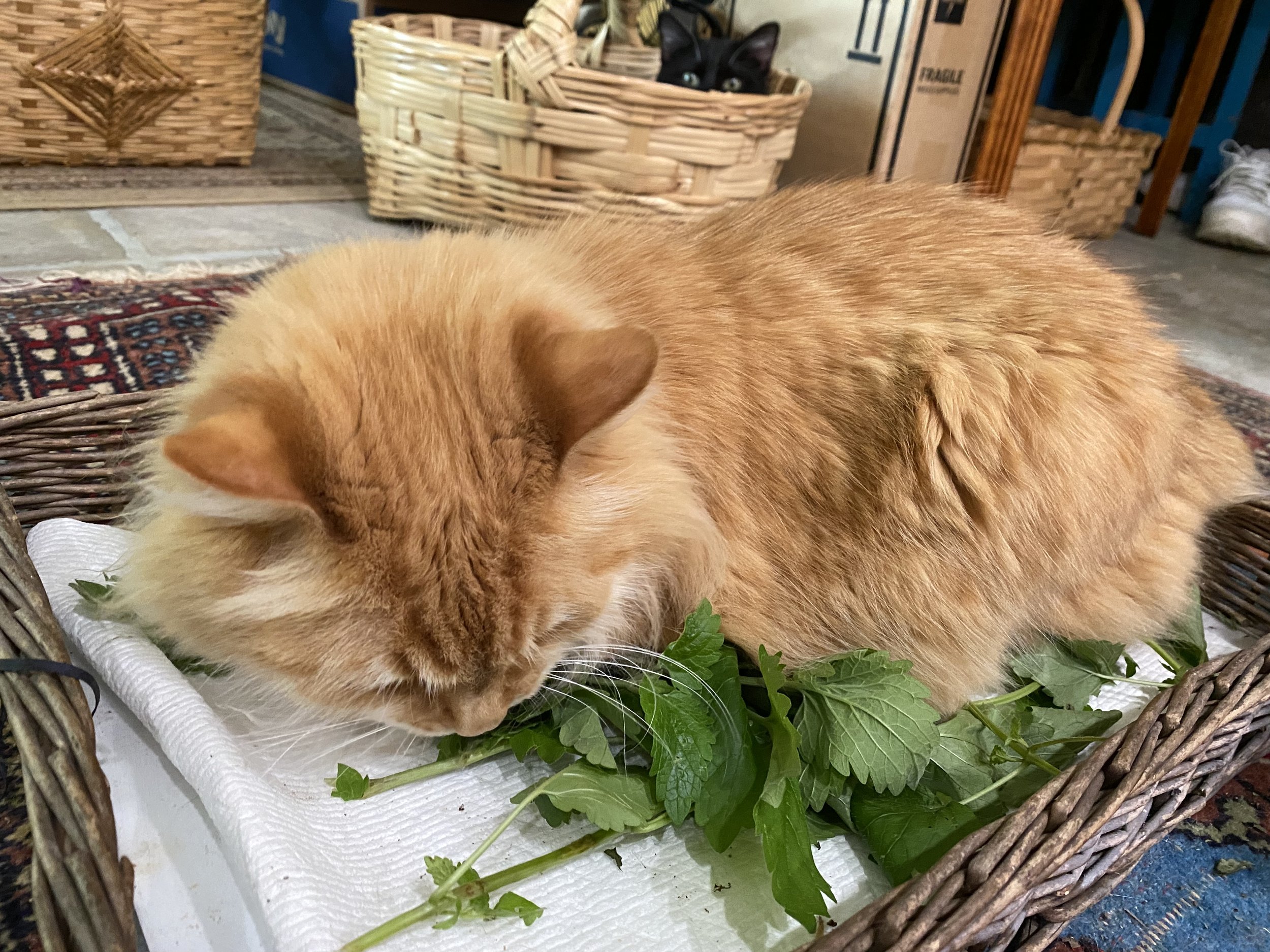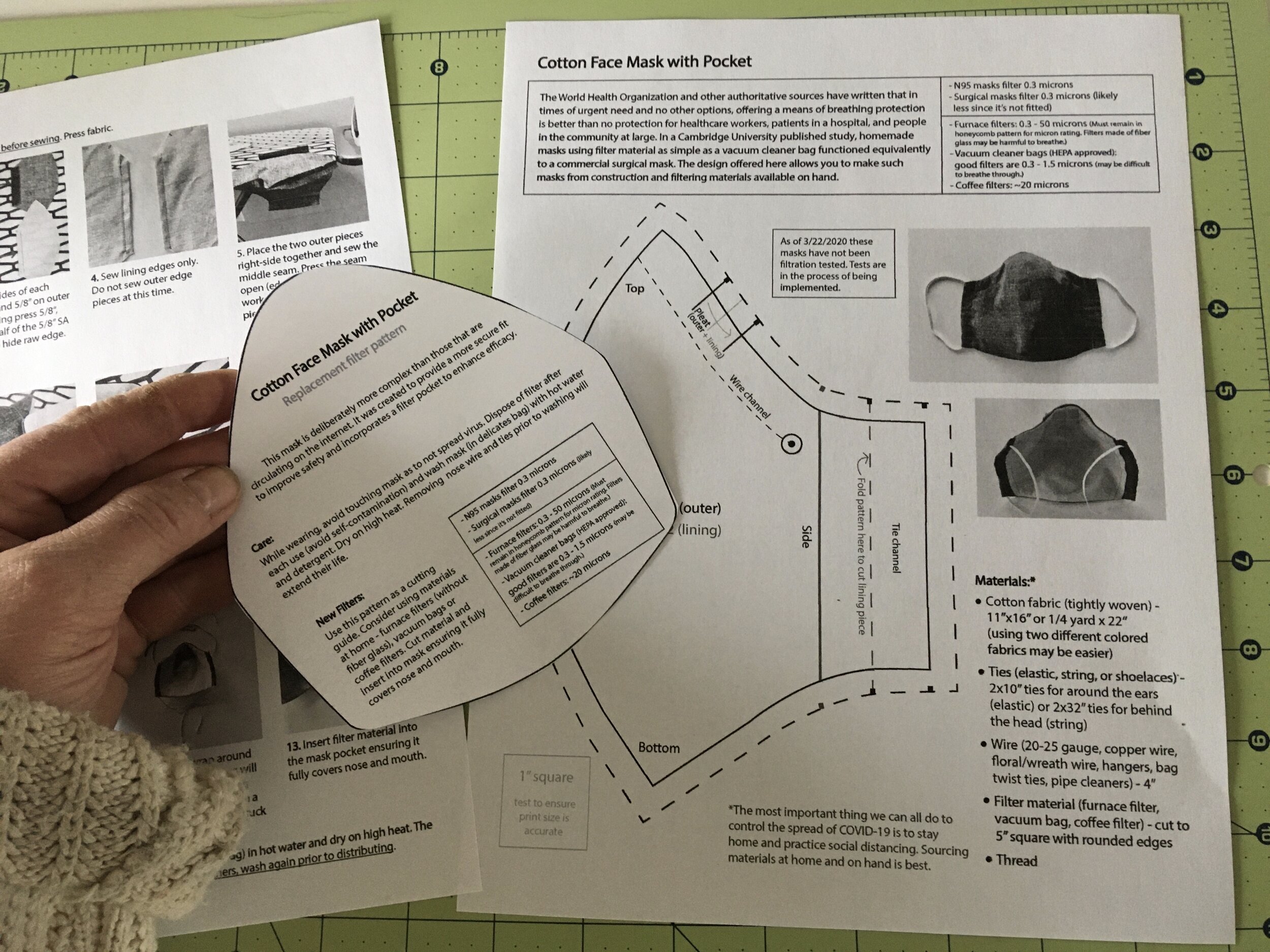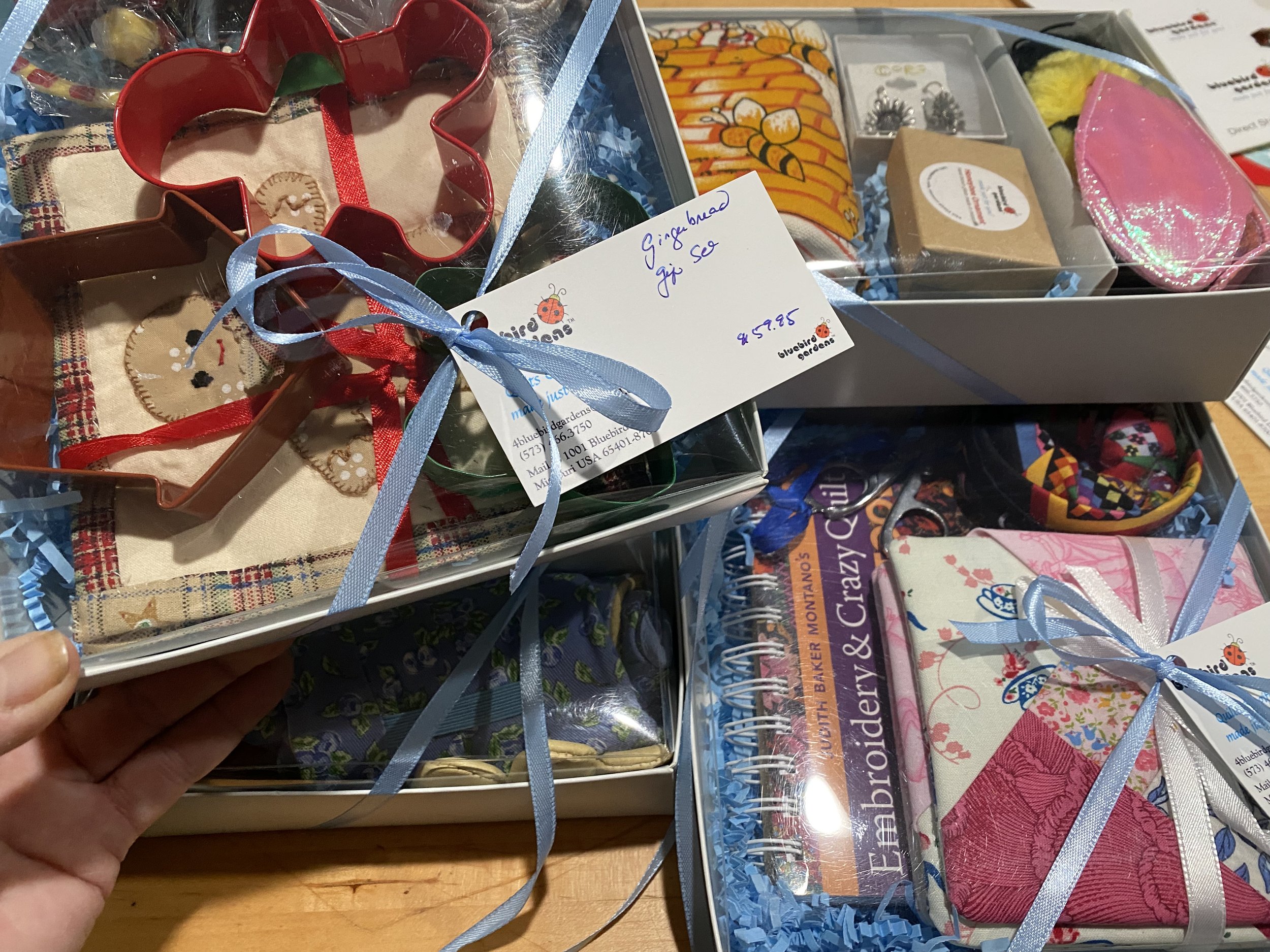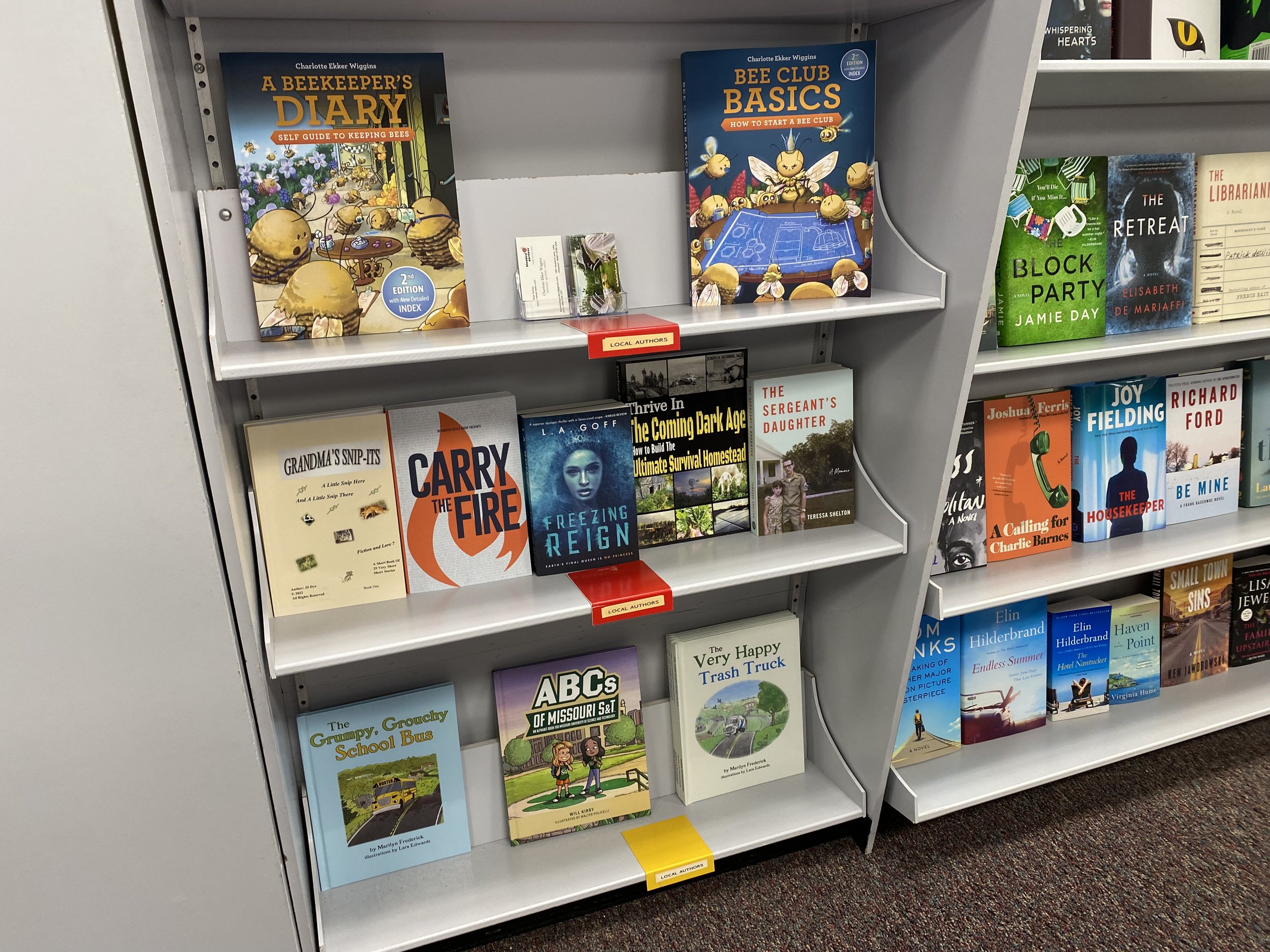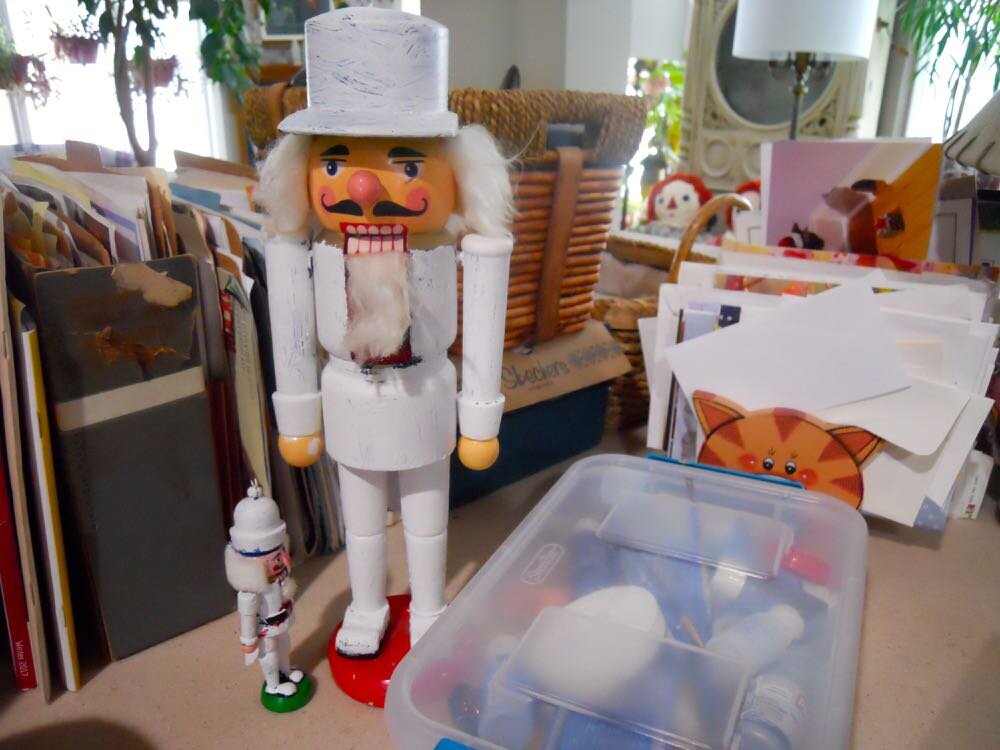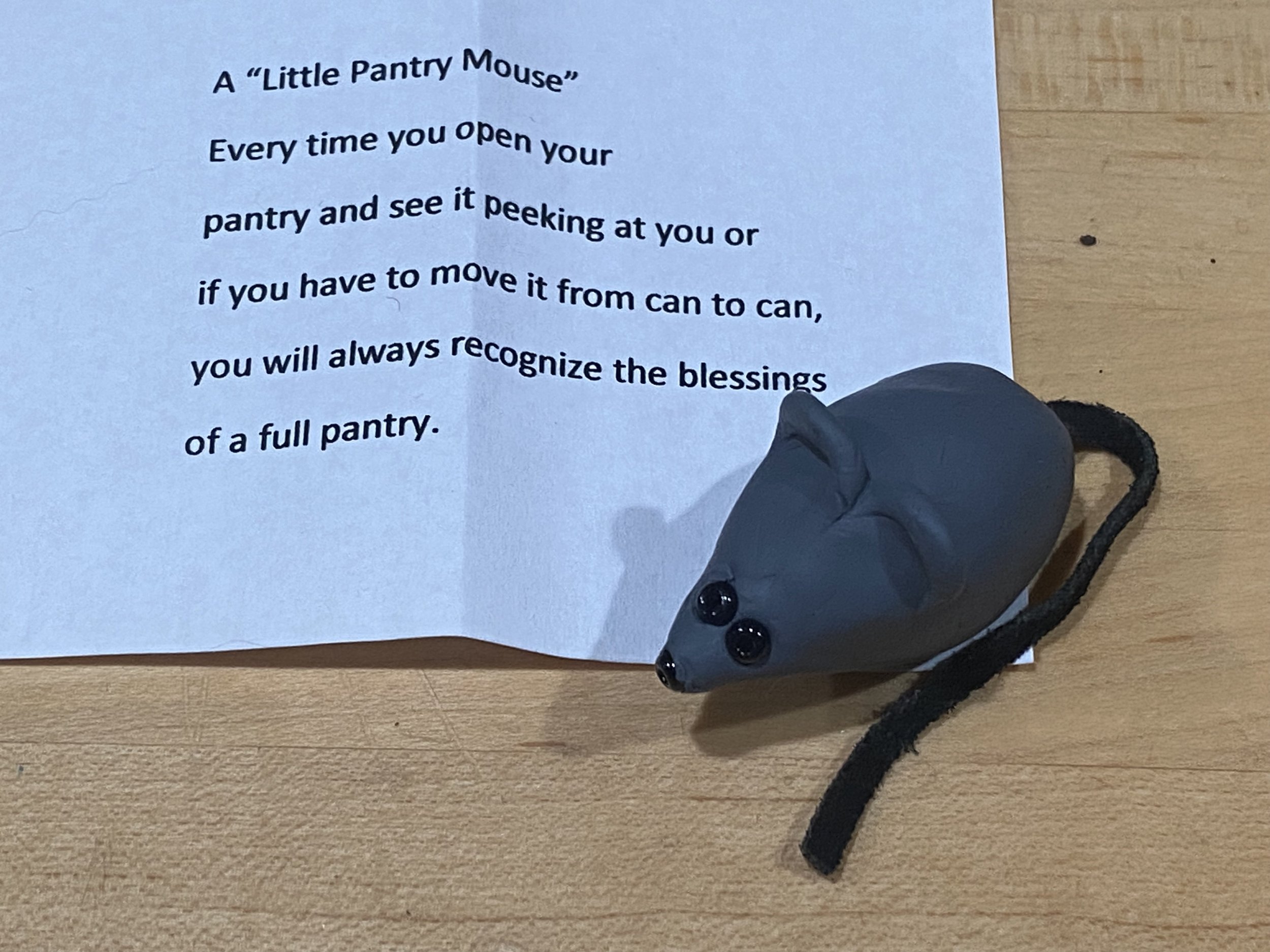Fresh Catnip
It’s midsummer where I live in the US Midwest. If you haven’t started growing your own fresh catnip to make into gifts, there’s still time. You can either start it from seed or pick up a starter plant from your local home and garden center, I saw some at two home and garden centers earlier today.
Catnip, Nepeta cataria, is a common herb and a member of the mint family. I’ve successfully grown it for years in my limestone hillside garden. It grows in most soils and is easy to grow from either seeds or starter plants.
Effects of Catnip
According to PetMD, about 60% of cats respond to catnip. Cats have an extra scent organ called the vomeronasal gland in the roof of their mouth. This special pathway allows scents that are collected in the nose and mouth to be carried to the brain.
Nepetalactone is the oil that’s found within the catnip plant’s leaves that can cause behavioral changes in cats. Catnip scent mimics feline sex hormones, so cats enjoying this substance will often display behaviors similar to a female cat in heat. Both male and female cats can experience the effects.
With dry catnip, cats may show overt signs of affection, relaxation, and happiness. Other cats will display active behaviors, such as playfulness and sometimes even aggression. For cats that have a positive experience with catnip, it can help reduce anxiety and even relieve pain. Some veterinarians have recommended using catnip to help with separation anxiety if a cat will be home alone for an extended period of time.
Quality Field Testing
All of my cats have enjoyed dried catnip over the years. They seem to know which are homemade toys with dry catnip and which ones are store-purchased. They also like to roll in the catnip drying basket so I keep it high and off the ground.
With fresh catnip, they have developed a taste for a tiny spring or leaf every day. Once they have their treat they seem relaxed and settle into a morning nap, the inspiration for my sleeping cats quilt design.
I don’t give them more than a couple of leaves at a time so they don’t get a tummy ache.
Catnip Gifts
You can buy dried catnip, too but I prefer to raise my own without using any chemicals. I harvest the leaves through spring and dry them in paper-lined baskets over my refrigerator. Once dry, I store the dried leaves in a glass container for later use.
Interestingly enough, I learned a few years back that bees also love catnip so I am encouraging any and every plant to grow wherever it settles. I harvest leaves before it flowers to get the strongest catnip, then the bees get the flowers. Once the flowers turn to seed, they then will grow more catnip plants. I haven’t had much luck so far timing trying to collect the seeds before they get naturally dispersed.



